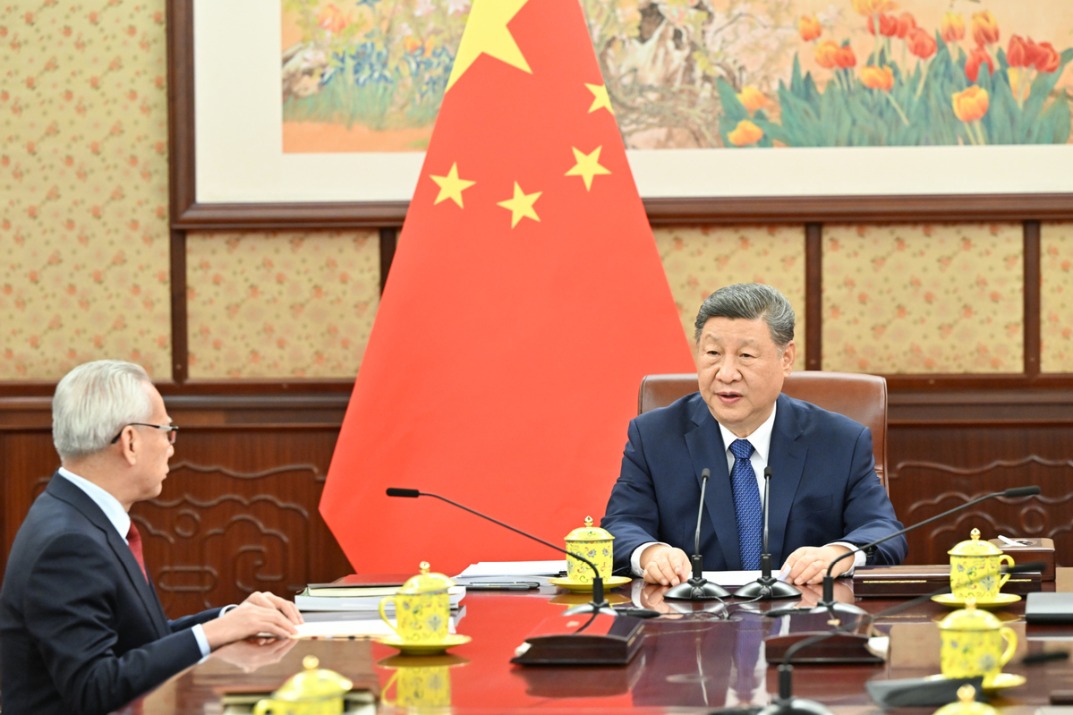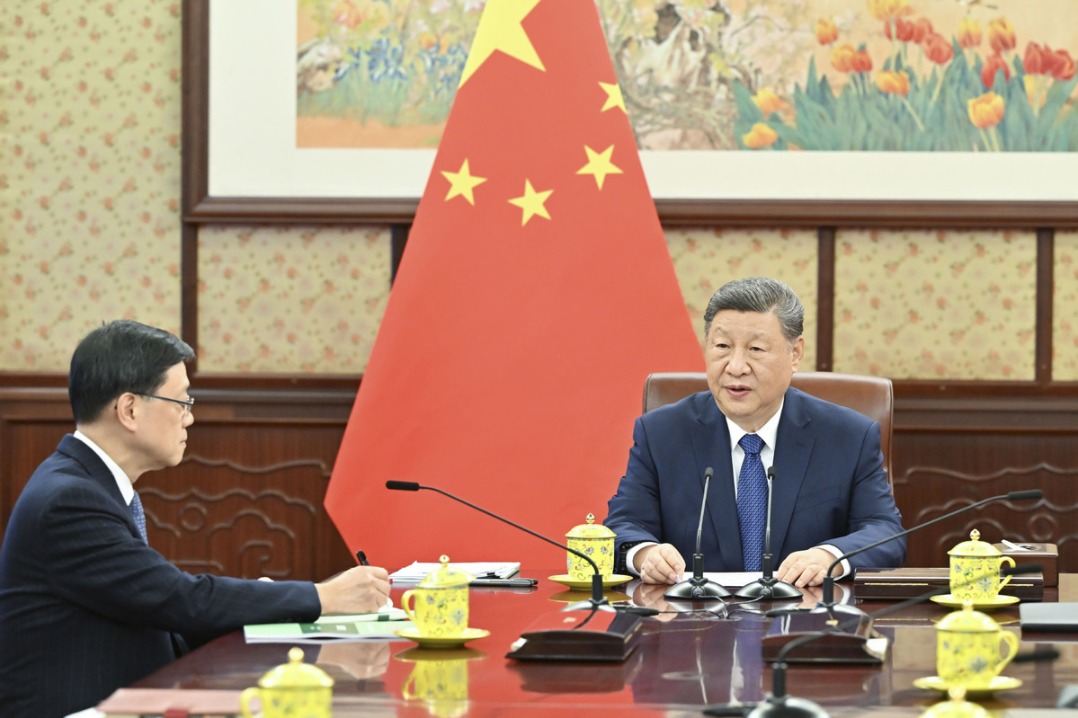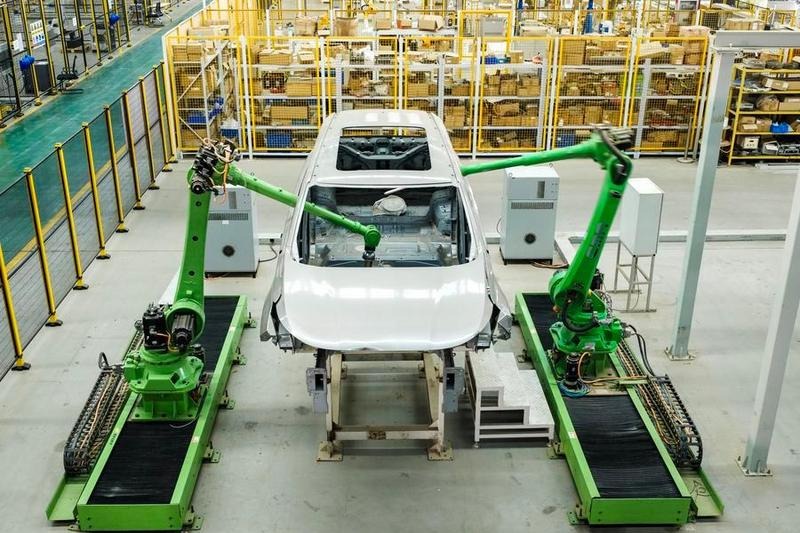Judicial system takes giant strides with technological advances

A laboratory on the use of technology in the judicial system was set up at the Supreme People's Court at the start of this year to update procedures involving litigation, improve the quality of case hearings and offer better legal services.
Since the 18th National Congress of the Communist Party of China in late 2012, the Supreme People's Court has stepped up efforts to apply advanced technology to the court system, its president Zhou Qiang said. The aim is to make courts nationwide more technology-friendly to litigants and ensure that people have easier access to litigation.
Zhou made this comment during a visit to the laboratory on Dec 31. He called for court officials to make full use of technology to improve judicial transparency and efficiency, as well as encouraging them to further study technical applications to meet growing demand from the public and offer high-quality legal services.
At the laboratory, the public can see how courts have become "smarter" by applying technologies, including big data, cloud computing, artificial intelligence and blockchain. People can also check judicial data, such as case filings, verdict announcements, and watch livestreamed hearings.
In recent decades, the use of technology by Chinese courts has mushroomed. Statistics from the top court show that by the end of 2018, some 82 percent of courts had set up online systems for filing cases, allowing litigants to submit legal material related to disputes at any time.
In 2013, the top court launched an online platform for disclosing rulings, in order to improve judicial openness, to enable legal professionals and the public to see judges' work and to provide suggestions on urgent legal issues. By 2018, the platform had been visited more than 20 billion times.
In 2016, the top court set up a website to enable case hearings to be watched. As of July, the site had broadcast more than 4 million cases heard by courts nationwide.
In December, the top court issued a white paper that provided an overview of "smart courts" launched in the past five years. The court also pledged to integrate its online platforms.
Today's Top News
- Foreign ministers of China, Egypt call for Gaza progress
- Shield machine achieves Yangtze tunnel milestone
- Expanding domestic demand a strategic move to sustain high-quality development
- Xi hears report from Macao SAR chief executive
- Xi hears report from HKSAR chief executive
- UN envoy calls on Japan to retract Taiwan comments






























